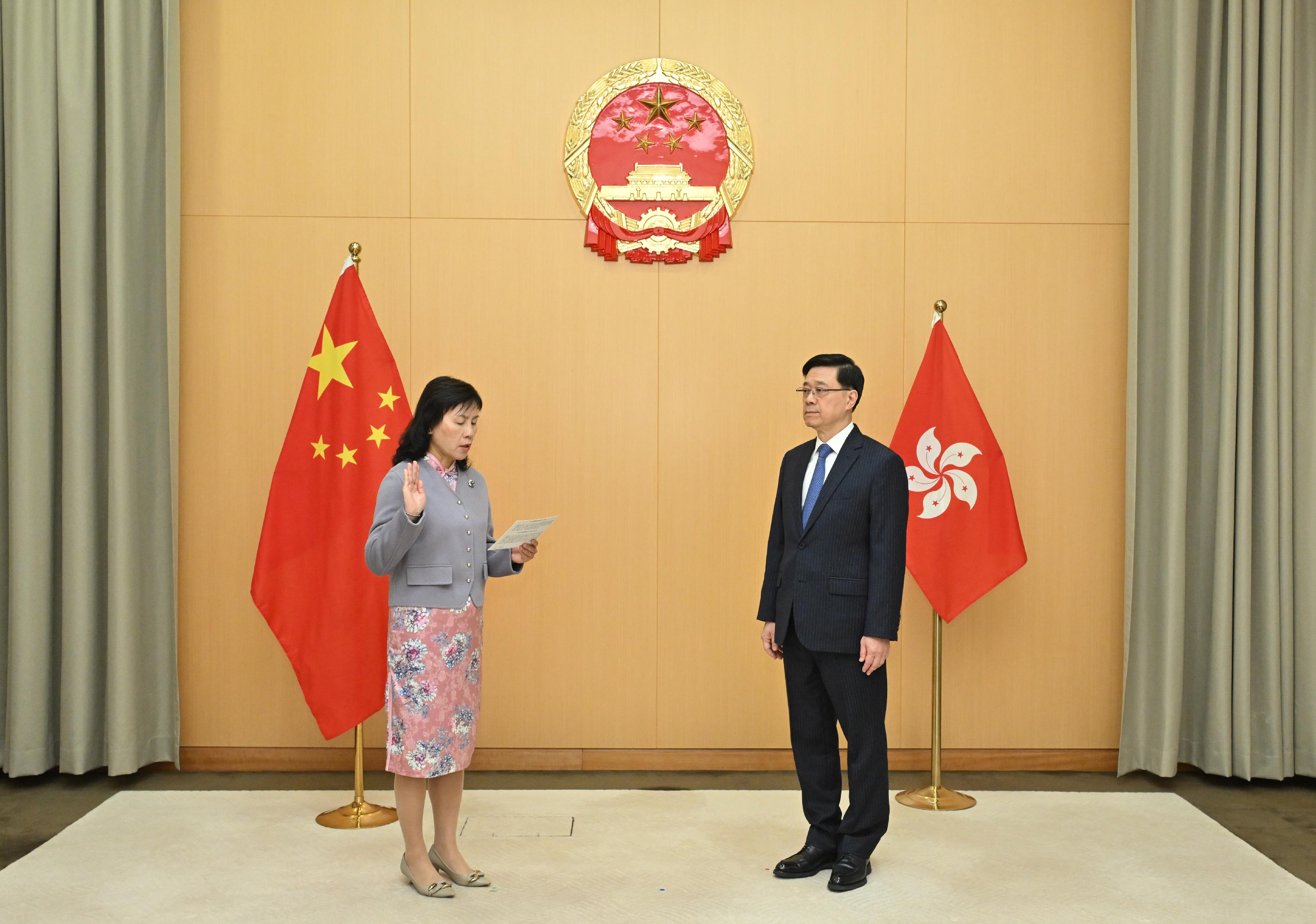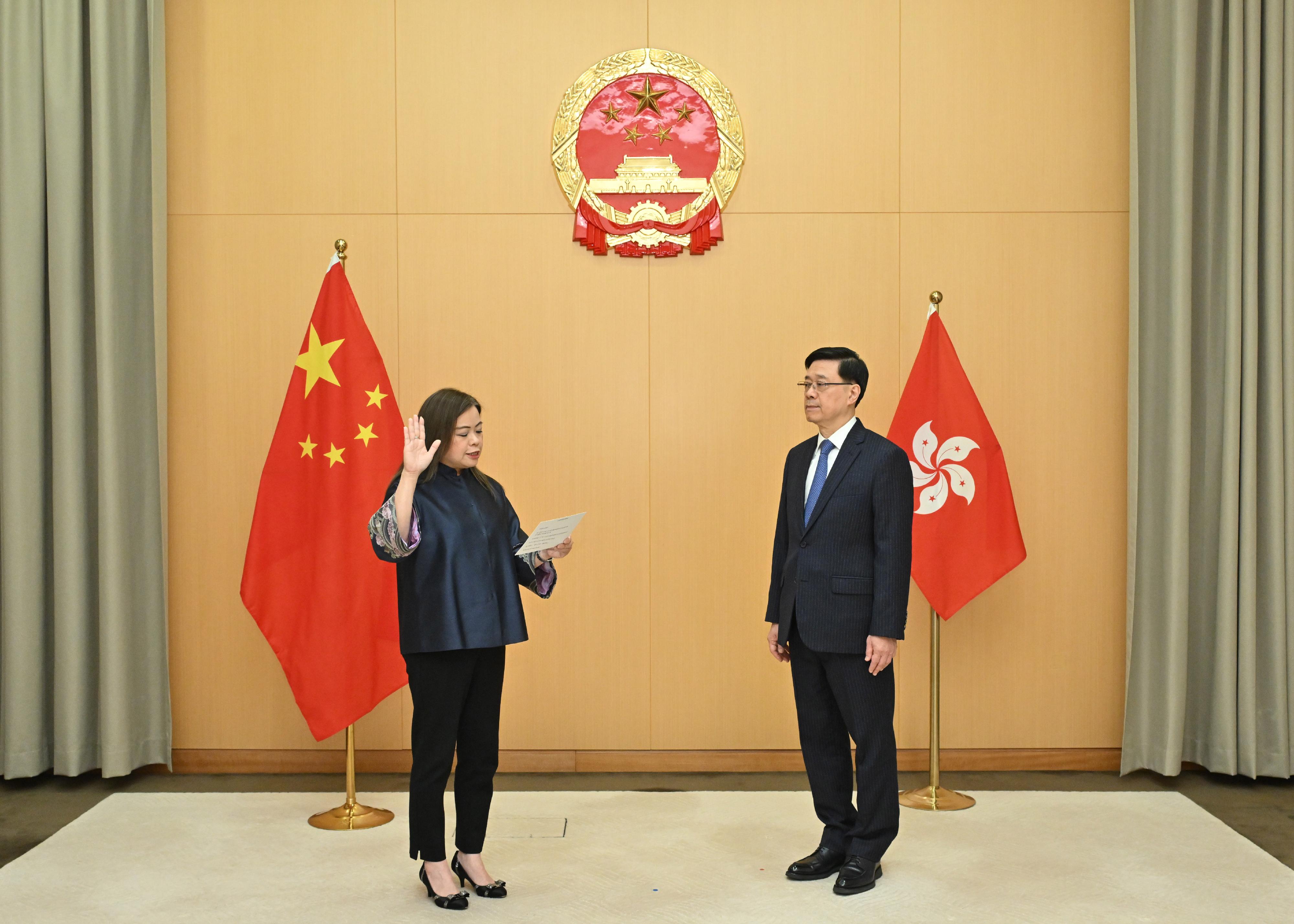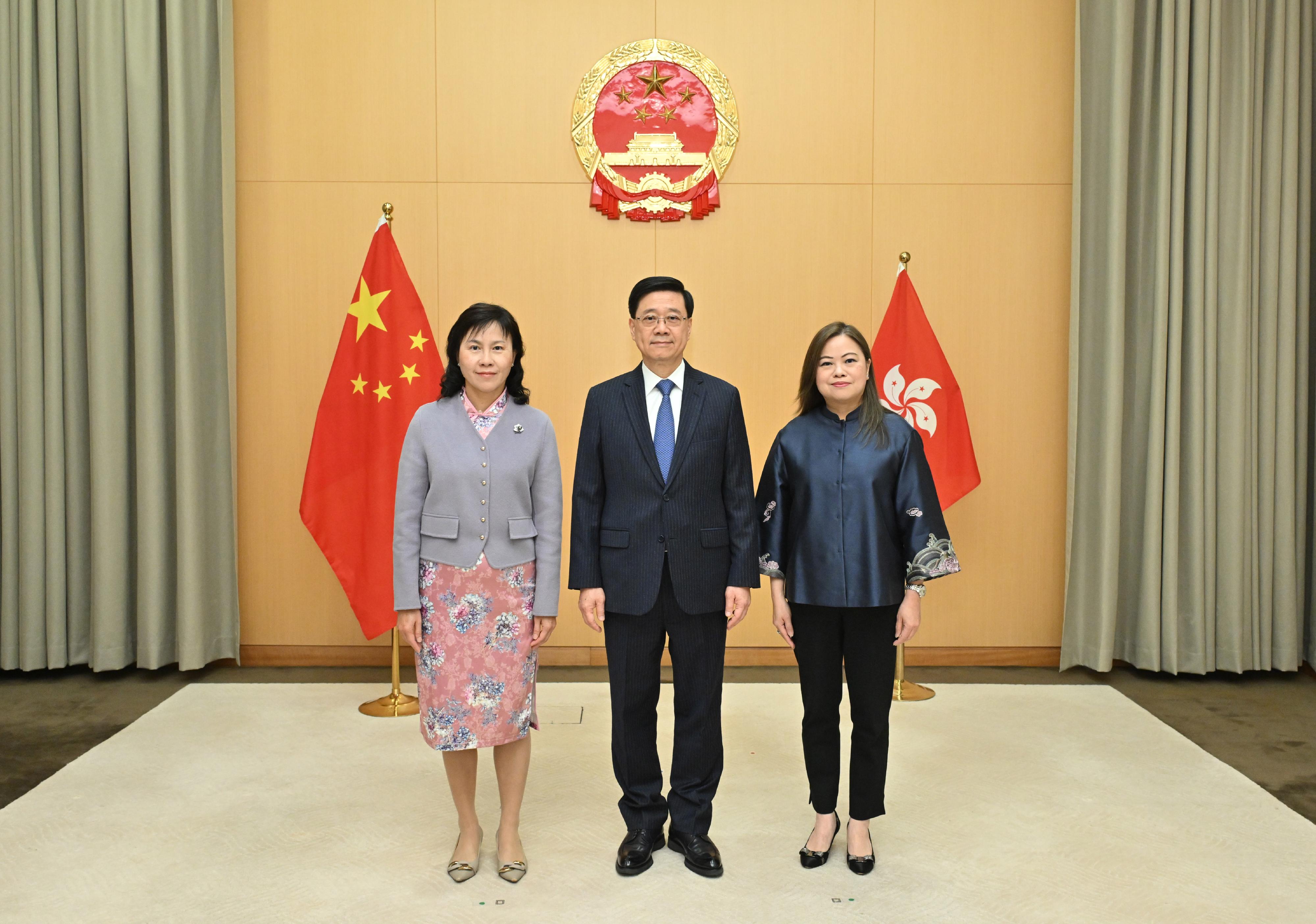Hong Kong Customs detects case of precious metals and stones dealer carrying out specified transaction without registration
Hong Kong Customs yesterday (December 4) detected a case involving a local company that conducted a gold transaction valued at over HK$120,000 without registration under the Dealers in Precious Metals and Stones Regulatory Regime. The investigation is ongoing.
According to the Anti-Money Laundering and Counter-Terrorist Financing Ordinance (Cap. 615), the Regime came into effect on April 1, 2023. Any person who is seeking to carry on a business of dealing in precious metals and stones in Hong Kong and engage in any transaction(s) (whether making or receiving a payment) with a total value at or above HK$120,000 in Hong Kong is required to register with the Commissioner of Customs and Excise. Any dealer, other than a registrant, who claims to be a registrant, claims to be authorised to carry out, or carries out any cash or non-cash transaction(s) with a total value at or above HK$120,000 is liable to a maximum fine of HK$100,000 and imprisonment for six months upon conviction.
Hong Kong Customs reminds all dealers that the transitional period for registration under the Regime has ended. Any dealers in precious metals and stones must obtain the relevant registration before they can carry out any cash or non-cash transaction(s) with a total value at or above HK$120,000.
For the forms, procedures and guidelines to submit applications for registration, please visit the website for Dealers in Precious Metals and Stones Registration System (www.drs.customs.gov.hk) or Hong Kong Customs' webpage (www.customs.gov.hk/en/service-enforcement-information/anti-money-laundering/supervision-of-dealers-in-precious-metals-and-ston/index.html).
Members of the public may report any suspected transactions involving precious metals and stones with a total value at or above HK$120,000 conducted without the required registration to Customs' 24-hour hotline 182 8080 or its dedicated crime-reporting email account (crimereport@customs.gov.hk) or online form (eform.cefs.gov.hk/form/ced002).


